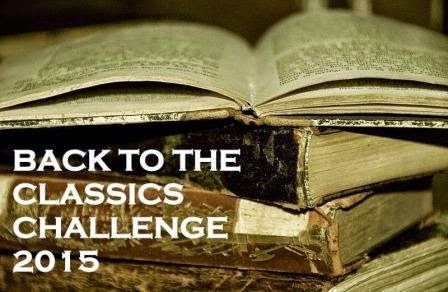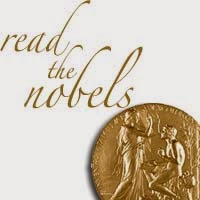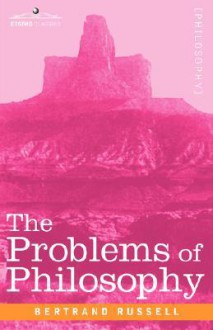

Worldwide most reading lists for children contain at least one book written by Rudyard Kipling (1865-1936) who was awarded the Nobel Prize in Literature 1907 “in consideration of the power of observation, originality of imagination, virility of ideas and remarkable talent for narration which characterize the creations of this world-famous author”. Without doubt The Jungle Book and The Second Jungle Book are the most popular and most widely read ones of his children’s books along with Just So Stories, but also his 1901 novel Kim uses to be classed with the classics of children’s literature although the author wrote it for adult readers really.
In fact, Kim is a gripping adventure and spy novel surrounding the orphaned Irishboy Kimball O'Hara who is thirteen years old when his story begins in the streets of Lahore, India. Rudyard Kipling set the boy’s almost savage existence against a colourful and vibrant backdrop of India around 1900 that includes many details of daily life, customs, society, politics and not least religion that children or less informed adults may not fully grasp nor be interested in. Even Kim only understands part of what is going on. He is too young and he never knew the life of a European Sahib, but grew up like any Indian boy in the poor neighbourhood. He never learnt to write nor to read. Moreover, he speaks the local languages better than English. Kim is a clever boy, though, with many friends and perfectly able to look after himself, when
“… there shuffled round the corner, from the roaring Motee Bazar, such a man as Kim, who thought he knew all castes, had never seen. He was nearly six feet high, dressed in fold upon fold of dingy stuff like horse-blanketing, and not one fold of it could Kim refer to any known trade or profession. At his belt hung a long open-work iron pencase and a wooden rosary such as holy men wear. On his head was a gigantic sort of tam-o'-shanter. His face was yellow and wrinkled, like that of Fook Shing, the Chinese bootmaker in the bazar. His eyes turned up at the corners and looked like little slits of onyx.”
As it turns out, the man is an old Red Lama from Tibet called Teshoo on a pilgrimage to find Buddha’s legendary “River of the Arrow” that frees from the “Wheel of Things”. Out of curiosity and because Kim feels that the old man will need help to get along in a country full of crooks, he joins him as his disciple. At the same time Kim thinks that wandering about with the lama will give him the opportunity to look out for the great Red Bull on a green field that – as his late father always told him – would come for him with the Colonel riding on his tall horse and nine hundred devils. To raise money for the travel Kim accepts to secretly take a letter to an Englishman in Umballa for his Punjabi friend, the horse-dealer Mahbub Ali, and thus first gets involved in espionage in colonial India where local powers still try to shake off British rule and regain sovereignty. Before long, both Teshoo Lama as well as a British officer in charge of recruiting spies see to it that Kim gets some formal education and he becomes a St Xavier's boy in Partibus at Lucknow for nearly three years. Then he resumes his wanderings with Teshoo Lama to be initiated as a spy afterwards, but he is pushed into the trade much sooner than expected…
All things considered, I enjoyed reading Kim very much. It’s true that from today’s point of view the novel must be called a children’s book rather than adult fiction, and yet, it offers such a vivid and detailed picture of Indian cultures and religions that it amazed me. In addition, it is a testimonial of Indian history from the point of view of an Englishman whose great intelligence and exceedingly sound education show through every line.
Kim (Wordsworth Classics) - Rudyard Kipling
Nota bene:
Since Rudyard Kipling has been dead for so long, it goes without saying that his works are in the public domain and can legally be downloaded for free from sites like Project Gutenberg and ManyBooks.net just for instance. A expertly made-up free edition of Kim is available on Feedbooks.
* * * * *
to the Back to the Classics Challenge 2015,
namely to the category Children's Classic.
»»» see my post for this challenge on Edith's Miscellany with the complete reading list.

 Log in with Facebook
Log in with Facebook 










